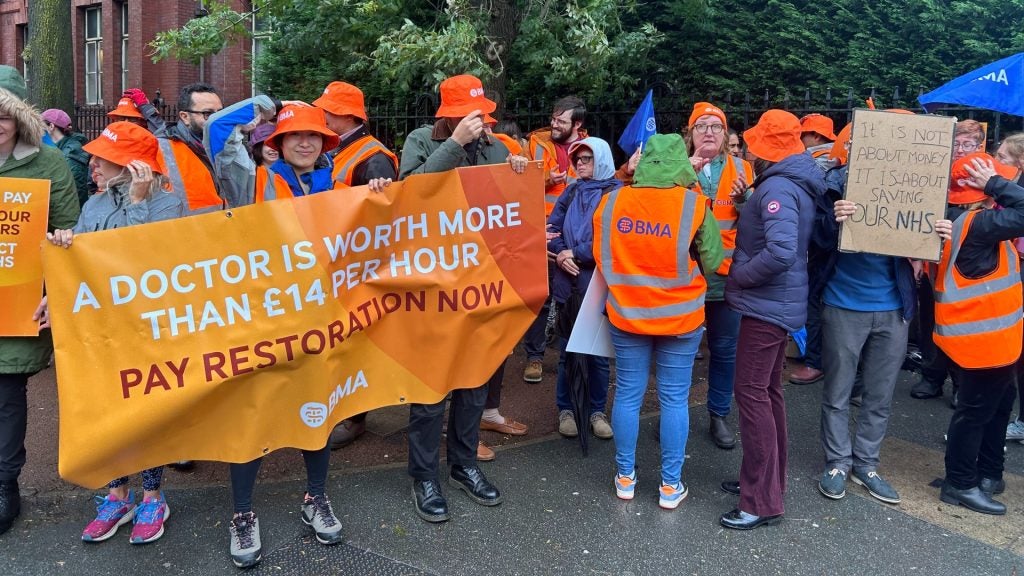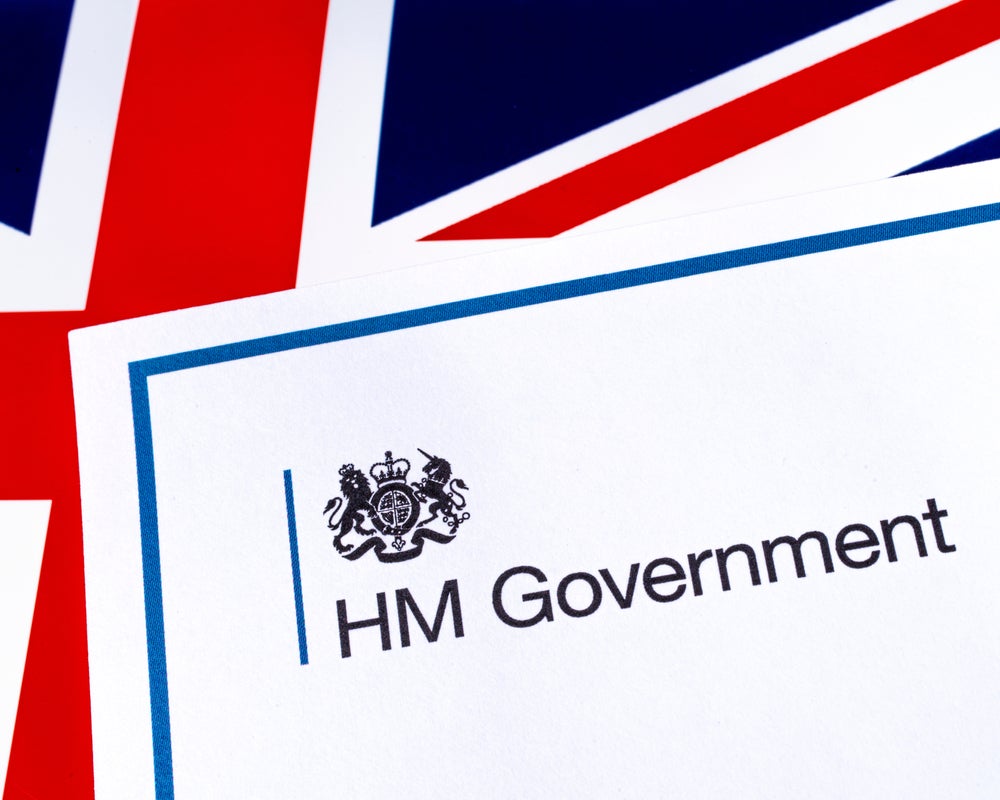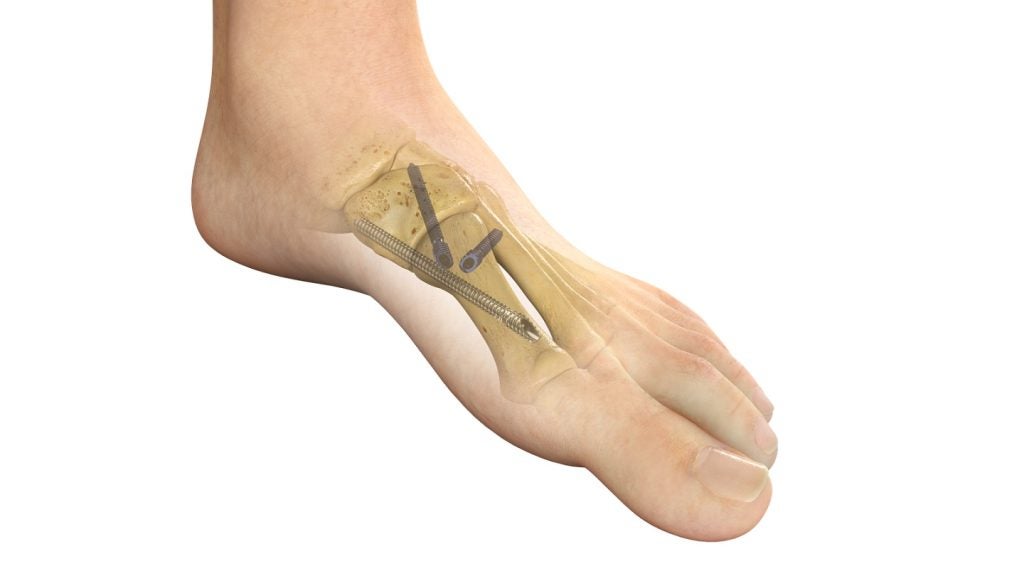UK consultants and junior doctors walked out today (20 September) for joint strike action, the first in the National Health Service’s history. Consultants, roughly equivalent to attending physicians in the US, began striking yesterday, and junior doctors (residents) will remain on strike until 22 September.
The issue on the table is pay, which has fallen by more than 35% in real terms over the last 15 years according to Dr. Indy Kapila, an intensive care consultant in Manchester and regional consultant committee chair for the British Medical Association, the doctor’s union. He told Hospital Management “we’re not asking for excessive pay, we’re just asking for fair pay,” and also highlighted the call for “an independent review body to make […] pay awards.” The current body is alleged to be overly beholden to the interests of the UK parliament.
Dr. Kapila, who also works for private hospitals, also raised a vital warning: “Over the last two or three years we’ve lost tens of thousands of doctors to other countries that recognise the worth of our highly trained medical staff.” UK doctors can earn far more outside their home country, where NHS consultants earn only up to £126,281 ($156,116) a year, far below even the median attending salary in the US that sits at $215,952.
This exodus only worsens the already dire state of NHS staffing. An action plan released earlier this year suggests that the NHS currently operates with 154,000 fewer full-time staff than needed, and that this could rise to over half a million by 2036.
Rather than come to the table, the UK government is considering imposing minimum service requirements for doctors and nurses meaning that some would have to work during strike days, significantly reducing the impact of the strikes. If this policy enters into law, the government risks further migration of highly skilled workers.
Our signals coverage is powered by GlobalData’s Thematic Engine, which tags millions of data items across six alternative datasets — patents, jobs, deals, company filings, social media mentions and news — to themes, sectors and companies. These signals enhance our predictive capabilities, helping us to identify the most disruptive threats across each of the sectors we cover and the companies best placed to succeed.















